Turning Points in Christian History 6
Chris Knepp

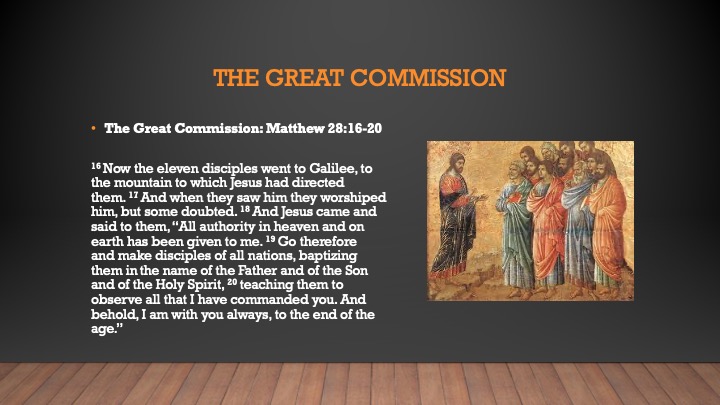
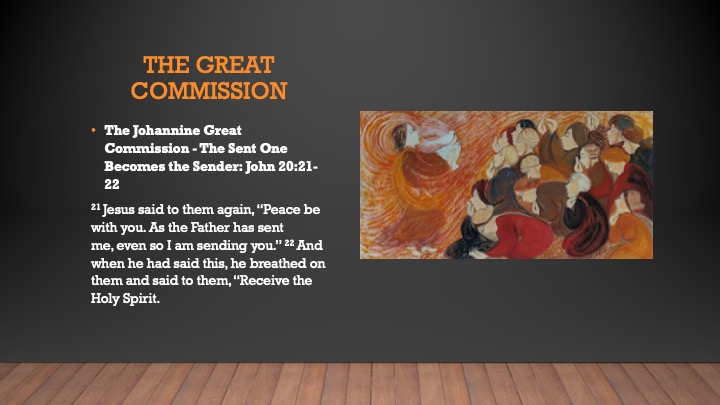

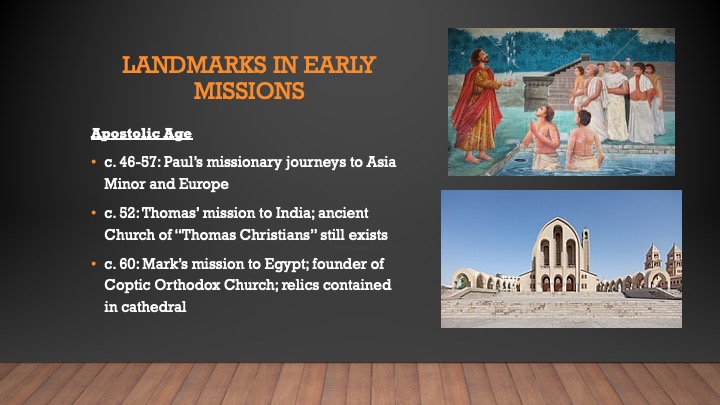
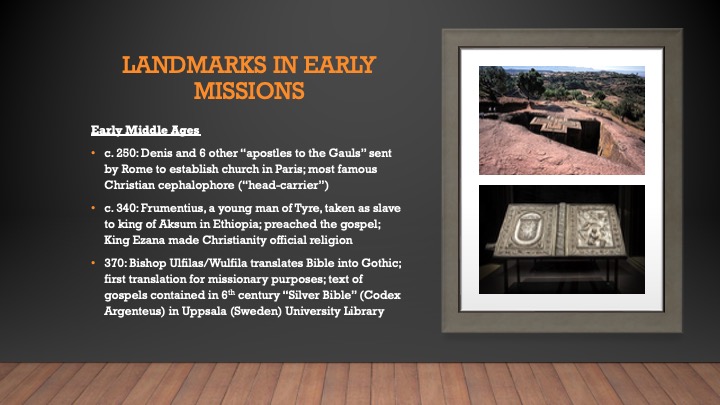

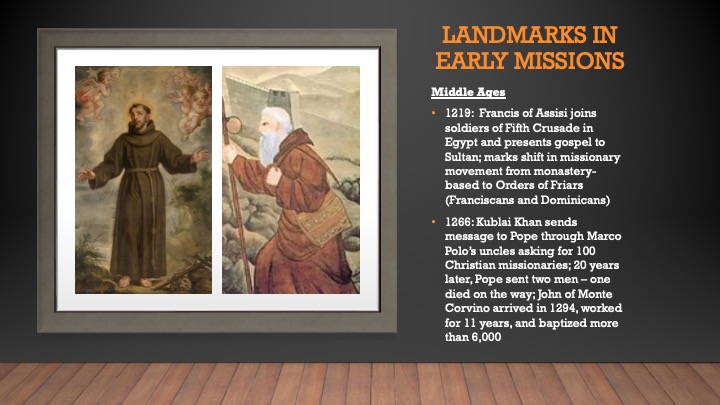

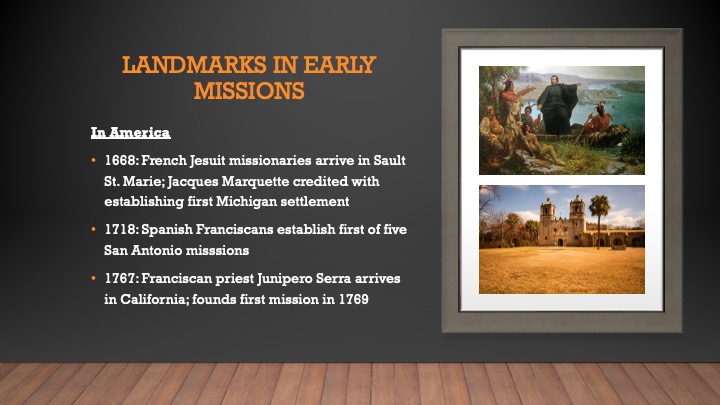


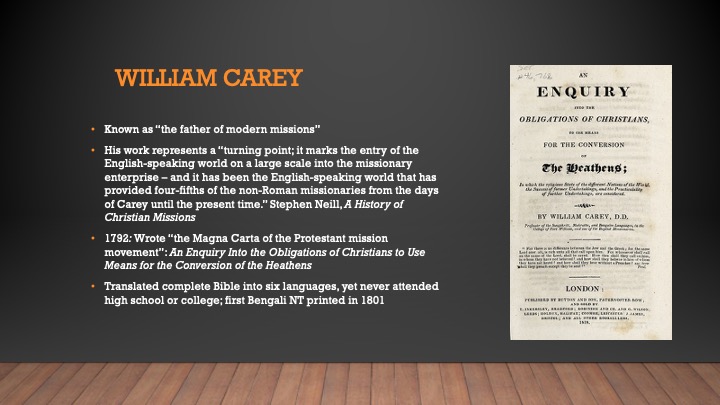
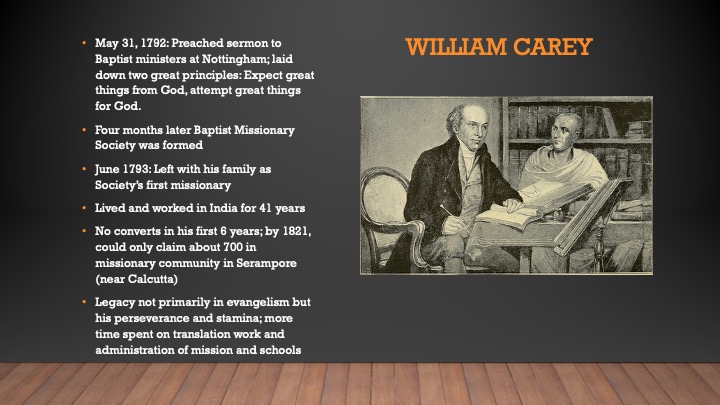
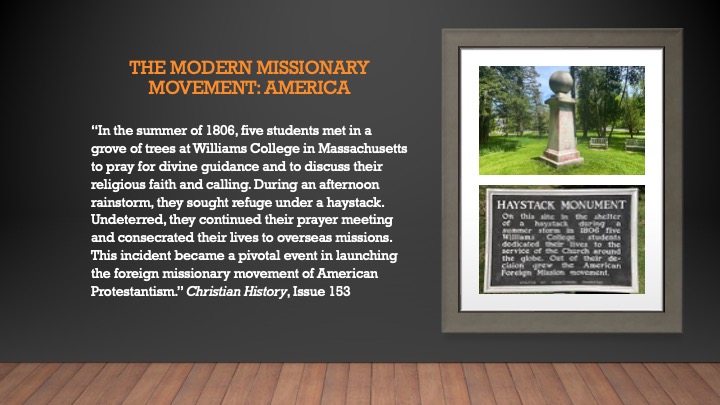
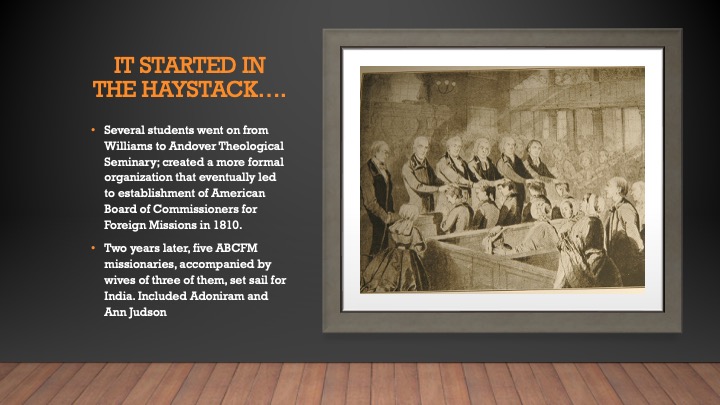
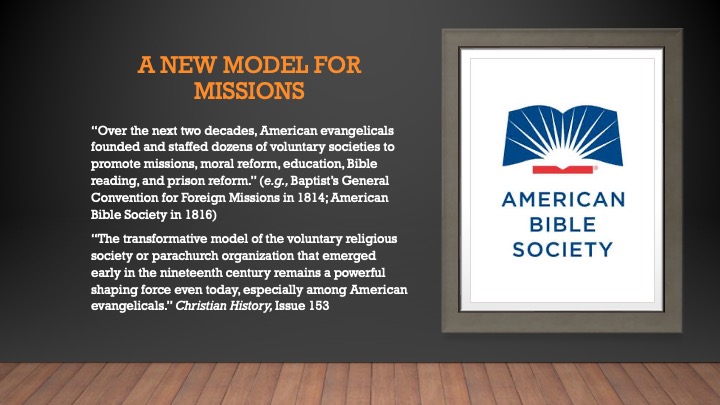
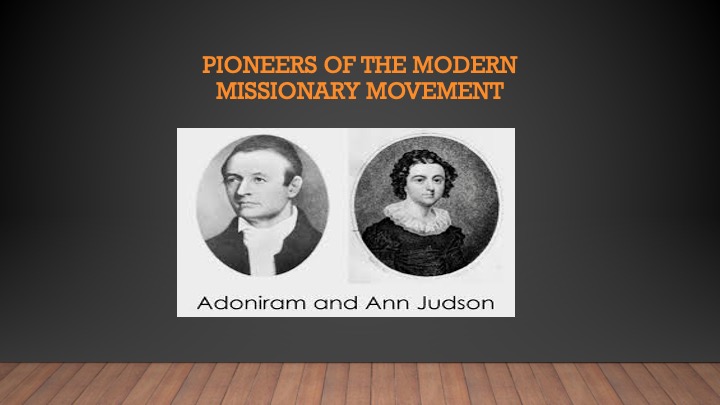
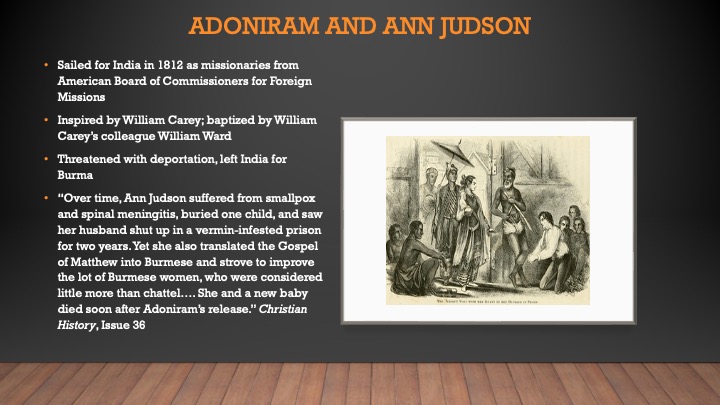
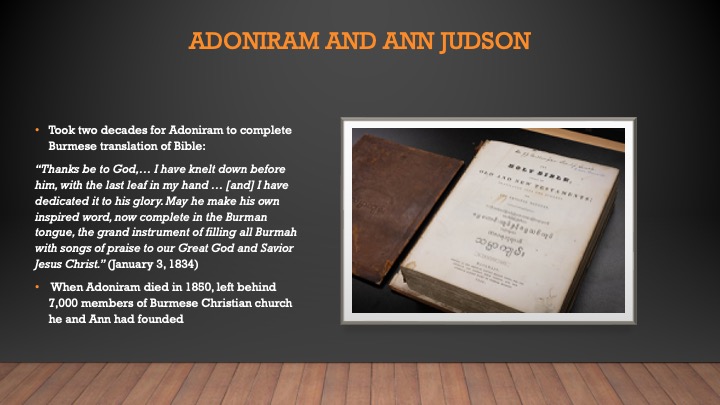
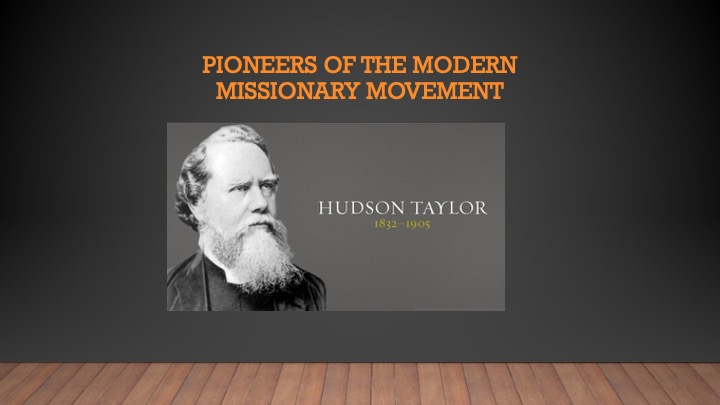
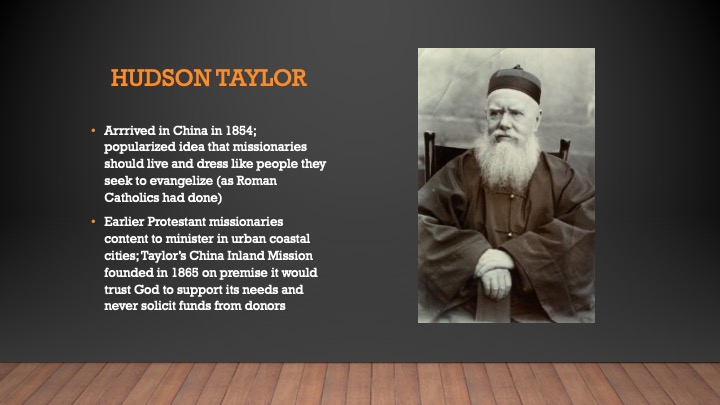
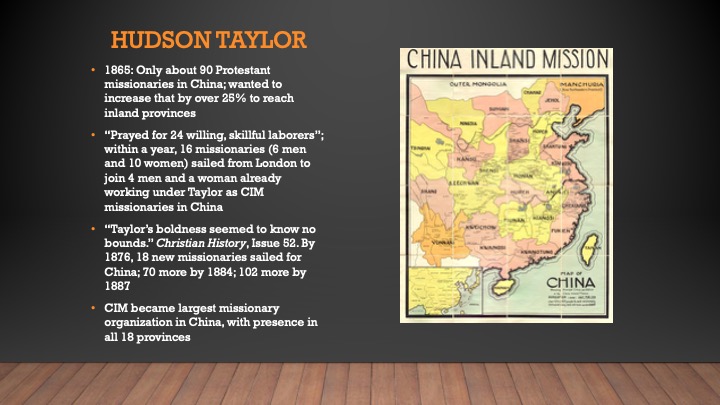

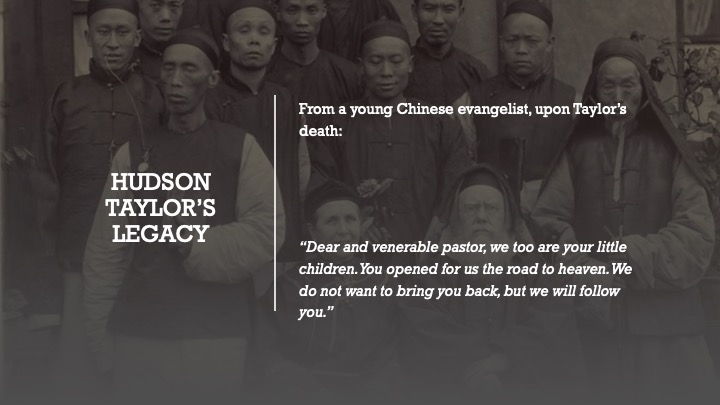
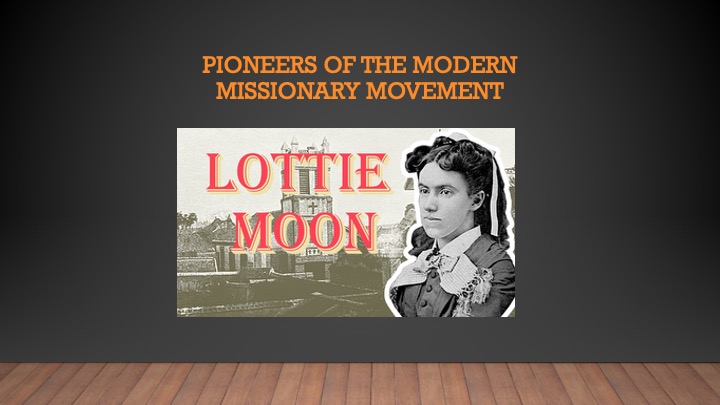
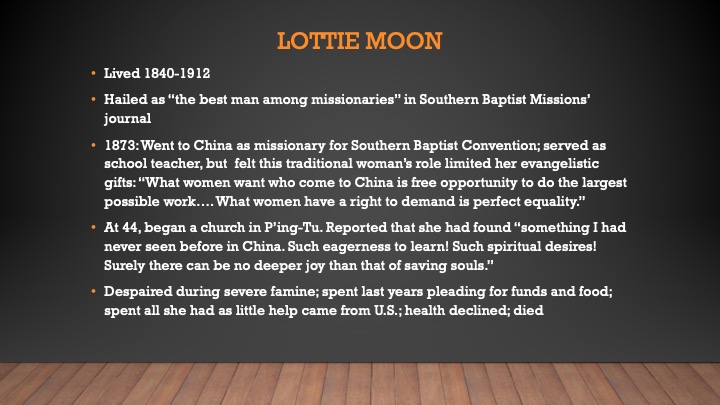


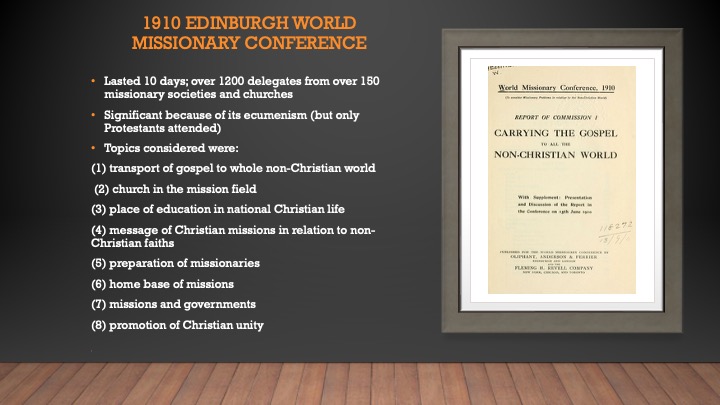
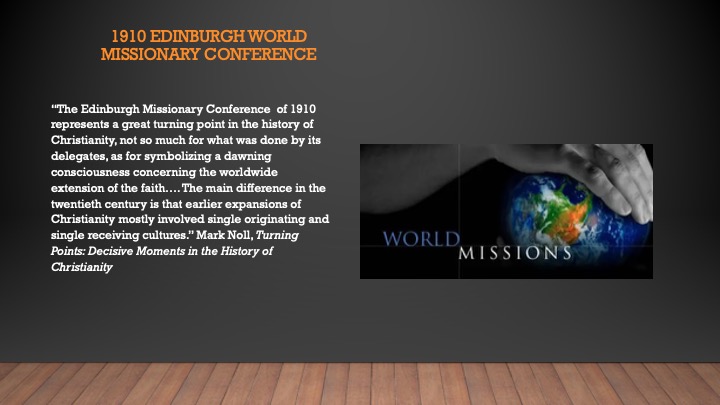
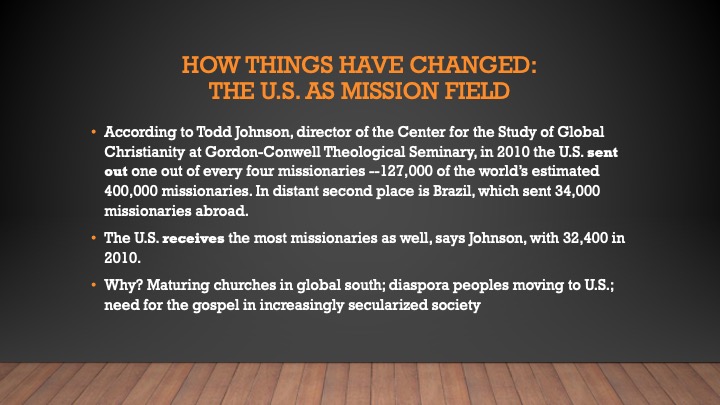
Readers: Chris Knepp has recommended some additional reference works that expand on this teaching (Turning Points Week 6). We supply here comprehensive summaries of these books for you. And of course you can get the full book if you so desire:
Stephen Neill’s A History of Christian Missions
Mark A. Noll’s Turning Points: Decisive Moments in the History of Christianity
A. J. Cronin's The Keys of the Kingdom
William Carey's An Enquiry into the Obligations of Christians to Use Means for the Conversion of the Heathens (1792)
Turning Points in Christian History 6
Links
<< Home >> << Turning Points Menu >>
Turning Points in Christian History 6 - the Text
Turning Points in Christian History
The Modern Missionary Movement
The Great Commission
• The Great Commission: Matthew 28:16-20
16 Now the eleven disciples went to Galilee, to the mountain to which Jesus had directed them. 17 And when they saw him they worshiped him, but some doubted. 18 And Jesus came and said to them, “All authority in heaven and on earth has been given to me. 19 Go therefore and make disciples of all nations, baptizing them in the name of the Father and of the Son and of the Holy Spirit, 20 teaching them to observe all that I have commanded you. And behold, I am with you always, to the end of the age.”
• The Johannine Great Commission - The Sent One Becomes the Sender: John 20:21-22
• 21 Jesus said to them again, “Peace be with you. As the Father has sent me, even so I am sending you.” 22 And when he had said this, he breathed on them and said to them, “Receive the Holy Spirit.
• The Lukan Great Commission: Acts 1:8
8 But you will receive power when the Holy Spirit has come upon you, and you will be my witnesses in Jerusalem and in all Judea and Samaria, and to the end of the earth.”
Landmarks in Early Missions
Apostolic Age
• c. 46-57: Paul’s missionary journeys to Asia Minor and Europe
• c. 52: Thomas’ mission to India; ancient Church of “Thomas Christians” still exists
• c. 60: Mark’s mission to Egypt; founder of Coptic Orthodox Church; relics contained in cathedral
Early Middle Ages
• c. 250: Denis and 6 other “apostles to the Gauls” sent by Rome to establish church in Paris; most famous Christian cephalophore (“head-carrier”)
• c. 340: Frumentius, a young man of Tyre, taken as slave to king of Aksum in Ethiopia; preached the gospel; King Ezana made Christianity official religion
• 370: Bishop Ulfilas/Wulfila translates Bible into Gothic; first translation for missionary purposes; text of gospels contained in 6th century “Silver Bible” (Codex Argenteus) in Uppsala (Sweden) University Library
Early Middle Ages
• c. 432: Patrick returns to Ireland as missionary, having escaped to France after six years a captive of Irish marauders
• c. 563: Columba sails from Ireland to Scotland and founds evangelistic training center on Iona
• 596: Pope Gregory the Great initiates mission to England, sending Augustine and team of missionaries to Canterbury; 10,000 baptized in a year
Middle Ages
• 1219: Francis of Assisi joins soldiers of Fifth Crusade in Egypt and presents gospel to Sultan; marks shift in missionary movement from monastery-based to Orders of Friars (Franciscans and Dominicans)
• 1266: Kublai Khan sends message to Pope through Marco Polo’s uncles asking for 100 Christian missionaries; 20 years later, Pope sent two men – one died on the way; John of Monte Corvino arrived in 1294, worked for 11 years, and baptized more than 6,000
Early Modern Period
• 1542: Francis Xavier, most famous of all Roman Catholic missionaries and a Jesuit (order founded in1540), arrives in Portuguese colony of Goa; in South India, “he arrived to find an untutored mob, he left behind him a church in being”
• 1549: Jesuit missionaries, including Xavier, arrive in Japan
• 1600: Matteo Ricci receives permission to enter Peking; translates Cathechisms into Chinese
In America
• 1668: French Jesuit missionaries arrive in Sault St. Marie; Jacques Marquette credited with establishing first Michigan settlement
• 1718: Spanish Franciscans establish first of five San Antonio misssions
• 1767: Franciscan priest Junipero Serra arrives in California; founds first mission in 1769
The Modern Missionary Movement:
Starting in England….
• 1792: Baptist Missionary Society formed; originally called “Particular Society for the Propagation of the Gospel amongst the Heathen;” first society formed in Britain for missionary purposes. “Marked beginning of greatest expansion witnessed by the church since apostolic times.” Christian History, Issue 9
• 1795: London Missionary Society formed. Originally interdenominational, later became identified with Congregational churches. Sent out 475 missionaries between 1795 and 1845, including David Livingstone
• 1799: Evangelicals of the “Clapham Sect”(known for advocating social reform, especially abolition of slave trade – William Wilberforce was a member) formed Church Missionary Society for Africa and the East
• 1813: Leeds district of Methodists established missionary society, which led to formation of national Wesleyan Missionary Society in 1818.
Pioneers of the Modern Missionary Movement
William Carey
• Known as “the father of modern missions”
• His work represents a “turning point; it marks the entry of the English-speaking world on a large scale into the missionary enterprise – and it has been the English-speaking world that has provided four-fifths of the non-Roman missionaries from the days of Carey until the present time.” Stephen Neill, A History of Christian Missions
• 1792: Wrote “the Magna Carta of the Protestant mission movement”: An Enquiry Into the Obligations of Christians to Use Means for the Conversion of the Heathens
• Translated complete Bible into six languages, yet never attended high school or college; first Bengali NT printed in 1801
• May 31, 1792: Preached sermon to Baptist ministers at Nottingham; laid down two great principles: Expect great things from God, attempt great things for God.
• Four months later Baptist Missionary Society was formed
• June 1793: Left with his family as Society’s first missionary
• Lived and worked in India for 41 years
• No converts in his first 6 years; by 1821, could only claim about 700 in missionary community in Serampore (near Calcutta)
• Legacy not primarily in evangelism but his perseverance and stamina; more time spent on translation work and administration of mission and schools
The Modern Missionary Movement: America
“In the summer of 1806, five students met in a grove of trees at Williams College in Massachusetts to pray for divine guidance and to discuss their religious faith and calling. During an afternoon rainstorm, they sought refuge under a haystack. Undeterred, they continued their prayer meeting and consecrated their lives to overseas missions. This incident became a pivotal event in launching the foreign missionary movement of American Protestantism.” Christian History, Issue 153
It started in the haystack….
• Several students went on from Williams to Andover Theological Seminary; created a more formal organization that eventually led to establishment of American Board of Commissioners for Foreign Missions in 1810.
• Two years later, five ABCFM missionaries, accompanied by wives of three of them, set sail for India. Included Adoniram and Ann Judson
A NEW MODEL FOR MISSIONS
“Over the next two decades, American evangelicals founded and staffed dozens of voluntary societies to promote missions, moral reform, education, Bible reading, and prison reform.” (e.g., Baptist’s General Convention for Foreign Missions in 1814; American Bible Society in 1816)
“The transformative model of the voluntary religious society or parachurch organization that emerged early in the nineteenth century remains a powerful shaping force even today, especially among American evangelicals.” Christian History, Issue 153
Pioneers of the Modern Missionary Movement
Adoniram and Ann Judson
• Sailed for India in 1812 as missionaries from American Board of Commissioners for Foreign Missions
• Inspired by William Carey; baptized by William Carey’s colleague William Ward
• Threatened with deportation, left India for Burma
• “Over time, Ann Judson suffered from smallpox and spinal meningitis, buried one child, and saw her husband shut up in a vermin-infested prison for two years. Yet she also translated the Gospel of Matthew into Burmese and strove to improve the lot of Burmese women, who were considered little more than chattel…. She and a new baby died soon after Adoniram’s release.” Christian History, Issue 36
• Took two decades for Adoniram to complete Burmese translation of Bible:
“Thanks be to God,… I have knelt down before him, with the last leaf in my hand … [and] I have dedicated it to his glory. May he make his own inspired word, now complete in the Burman tongue, the grand instrument of filling all Burmah with songs of praise to our Great God and Savior Jesus Christ.” (January 3, 1834)
• When Adoniram died in 1850, left behind 7,000 members of Burmese Christian church he and Ann had founded
Hudson Taylor
• Arrrived in China in 1854; popularized idea that missionaries should live and dress like people they seek to evangelize (as Roman Catholics had done)
• Earlier Protestant missionaries content to minister in urban coastal cities; Taylor’s China Inland Mission (CIM) founded in 1865 on premise it would trust God to support its needs and never solicit funds from donors
• 1865: Only about 90 Protestant missionaries in China; wanted to increase that by over 25% to reach inland provinces
• “Prayed for 24 willing, skillful laborers”; within a year, 16 missionaries (6 men and 10 women) sailed from London to join 4 men and a woman already working under Taylor as CIM missionaries in China
• “Taylor’s boldness seemed to know no bounds.” Christian History, Issue 52. By 1876, 18 new missionaries sailed for China; 70 more by 1884; 102 more by 1887
• CIM became largest missionary organization in China, with presence in all 18 provinces
CIM’s Distinctive Features
• Missionaries would be drawn from any denomination; had to sign simple doctrinal statement
• Missionaries would have no guaranteed salaries; had to trust in the Lord to supply needs; income shared; no debts incurred
• No appeals for funds would be made
• Overseas work would not be directed by home committees but by Taylor and others on the spot
• Would press to interior of China, “where Christ has not been named”
• Missionaries would wear Chinese clothes and worship in Chinese-styled buildings
Hudson Taylor’s Legacy
From a young Chinese evangelist, upon Taylor’s death:
“Dear and venerable pastor, we too are your little children. You opened for us the road to heaven. We do not want to bring you back, but we will follow you.”
Lottie Moon
• Lived 1840-1912
• Hailed as “the best man among missionaries” in Southern Baptist Missions’ journal
• 1873: Went to China as missionary for Southern Baptist Convention; served as school teacher, but felt this traditional woman’s role limited her evangelistic gifts: “What women want who come to China is free opportunity to do the largest possible work…. What women have a right to demand is perfect equality.”
• At 44, began a church in P’ing-Tu. Reported that she had found “something I had never seen before in China. Such eagerness to learn! Such spiritual desires! Surely there can be no deeper joy than that of saving souls.”
• Despaired during severe famine; spent last years pleading for funds and food; spent all she had as little help came from U.S.; health declined; died
Lottie Moon’s Legacy
• Since 1918, Southern Baptists raise millions of dollars for missions through the annual “Lottie Moon Christmas Offering”
In 1873, Lottie Moon was appointed as a missionary to China. She spent nearly 40 years sharing the gospel with love, courage, and unwavering faith.
Her letters home inspired churches to pray and give, leading to the Lottie Moon Christmas Offering for International Missions. Today, this offering supports missionaries and helps take the life-transforming message of Jesus to the nations. International Mission Board website
Modern Missionary Expansion: The High Water Mark
• 1910 Edinburgh World Missionary Conference
“[The conference] represented the high tide of Western missionary expansion, which had gathered strength all throughout the nineteenth century. In that century – when first Britain filled a vacuum of worldwide leadership and then the United States emerged as a great economic power and shaper of civilization – the proportion of the world’s population associated with Christian churches increased more rapidly than at any time since the fourth century. Where less than a quarter of the world could be identified as Christian in 1800, almost 35 percent could be so numbered at the time of the Edinburgh Conference.” Mark Noll, Turning Points: Decisive Moments in the History of Christianity
• Lasted 10 days; over 1200 delegates from over 150 missionary societies and churches
• Significant because of its ecumenism (but only Protestants attended)
• Topics considered were:
(1) transport of gospel to whole non-Christian world
(2) church in the mission field
(3) place of education in national Christian life
(4) message of Christian missions in relation to non-Christian faiths
(5) preparation of missionaries
(6) home base of missions
(7) missions and governments
(8) promotion of Christian unity
• “The Edinburgh Missionary Conference of 1910 represents a great turning point in the history of Christianity, not so much for what was done by its delegates, as for symbolizing a dawning consciousness concerning the worldwide extension of the faith…. The main difference in the twentieth century is that earlier expansions of Christianity mostly involved single originating and single receiving cultures.” Mark Noll, Turning Points: Decisive Moments in the History of Christianity
• “The Edinburgh Missionary Conference of 1910 represents a great turning point in the history of Christianity, not so much for what was done by its delegates, as for symbolizing a dawning consciousness concerning the worldwide extension of the faith…. The main difference in the twentieth century is that earlier expansions of Christianity mostly involved single originating and single receiving cultures.” Mark Noll, Turning Points: Decisive Moments in the History of Christianity
How things have changed: The U.S. as Mission Field
• According to Todd Johnson, director of the Center for the Study of Global Christianity at Gordon-Conwell Theological Seminary, in 2010 the U.S. sent out one out of every four missionaries --127,000 of the world’s estimated 400,000 missionaries. In distant second place is Brazil, which sent 34,000 missionaries abroad.
• The U.S. receives the most missionaries as well, says Johnson, with 32,400 in 2010.
• Why? Maturing churches in global south; diaspora peoples moving to U.S.; need for the gospel in increasingly secularized society